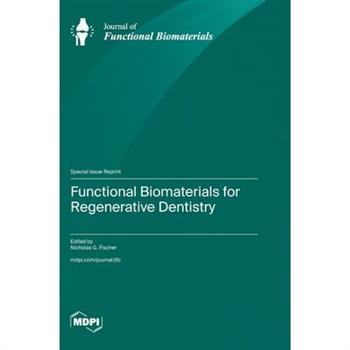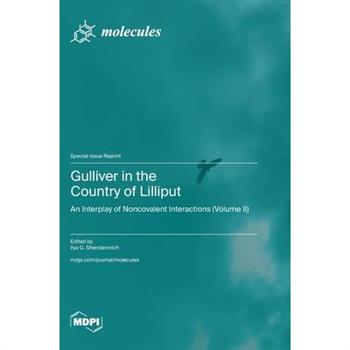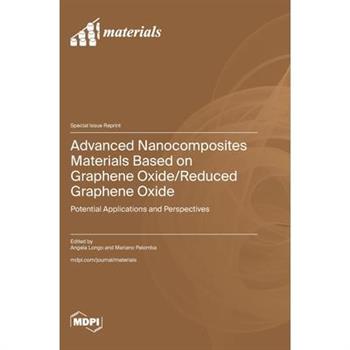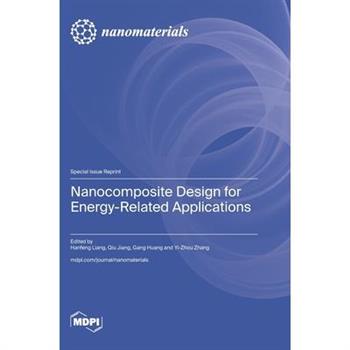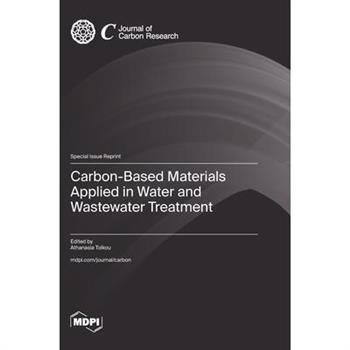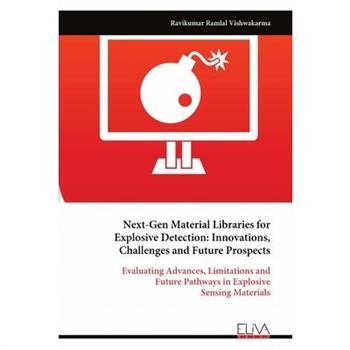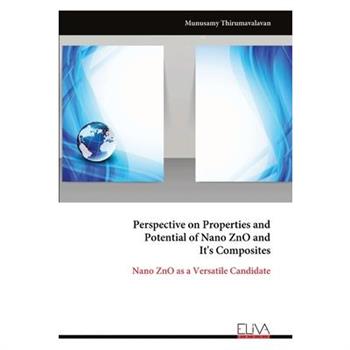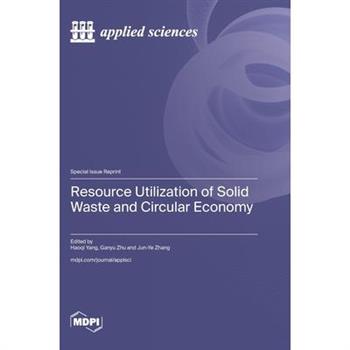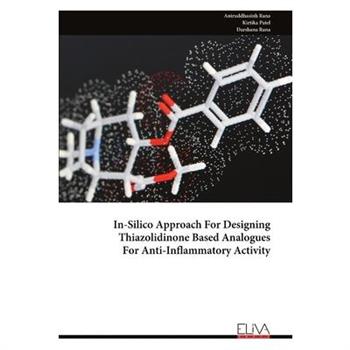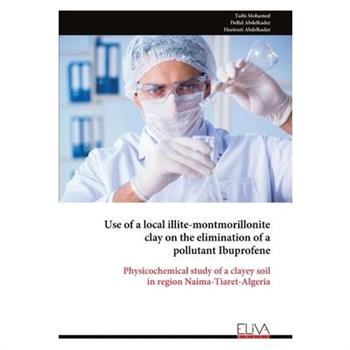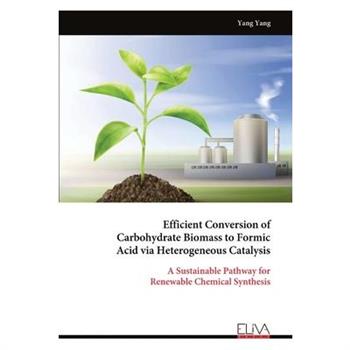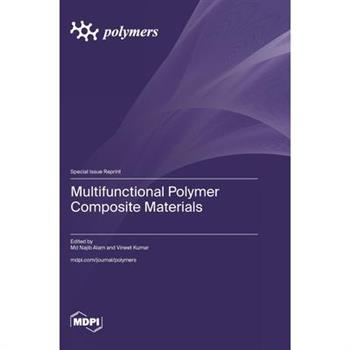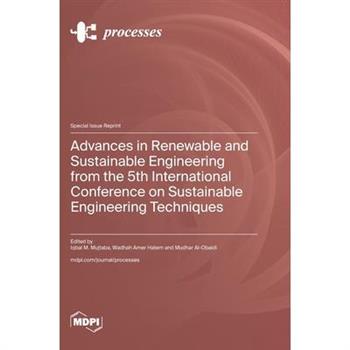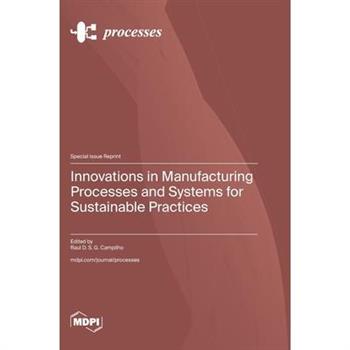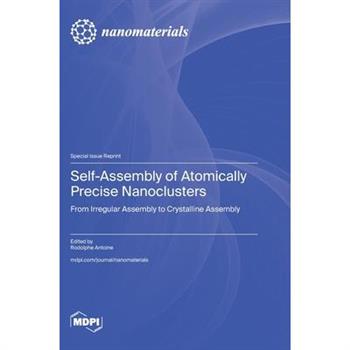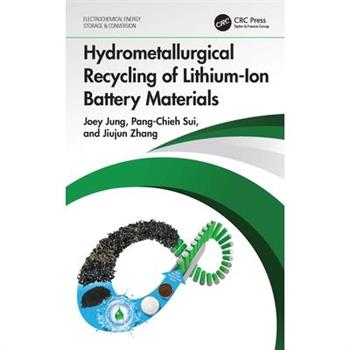50 Chemistry Ideas You Really Need to Know
A complete and accessible introduction to chemistry.
House of Leaves
THE MIND-BENDING CULT CLASSIC ABOUT A HOUSE THAT'S LARGER ON THE INSIDE THAN ON THE OUTSIDE - A masterpiece of horror and an astonishingly immersive, maze-like reading experience that redefines the boundaries of a novel.''Simultaneously reads like a thriller and like a strange, dreamlike excursion into the subconscious." --Michiko Kakutani, The New York Times "Thrillingly alive, sublimely creepy, distressingly scary, breathtakingly intelligent--it renders most other fiction meaningless." --Bret Easton Ellis, bestselling author of American Psycho "This demonically brilliant book is impossible to ignore." --Jonathan Lethem, award-winning author of Motherless Brooklyn One of The Atlantic's Great American Novels of the Past 100 Years Years ago, when House of Leaves was first being passed around, it was nothing more than a badly bundled heap of paper, parts of which would occasionally surface on the Internet. No one could have anticipated the small but devoted following this terrifying story would soon command. Starting with an odd assortment of marginalized youth--musicians, tattoo artists, programmers, strippers, environmentalists, and adrenaline junkies--the book eventually made its way into the hands of older generations, who not only found themselves in those strangely arranged pages but also discovered a way back into the lives of their estranged children. Now made available in book form, complete with the original colored words, vertical footnotes, and second and third appendices, the story remains unchanged. Similarly, the cultural fascination with House of Leaves remains as fervent and as imaginative as ever. The novel has gone on to inspire doctorate-level courses and masters theses, cultural phenomena like the online urban legend of "the backrooms," and incredible works of art in entirely unrealted mediums from music to video games. Neither Pulitzer Prize-winning photojournalist Will Navidson nor his companion Karen Green was prepared to face the consequences of the impossibility of their new home, until the day their two little children wandered off and their voices eerily began to return another story--of creature darkness, of an ever-growing abyss behind a closet door, and of that unholy growl which soon enough would tear through their walls and consume all their dreams.
Design, Processing and Characterization of Metals and Alloys
Molecular Design and Synthesis of Novel Energetic Compounds
Recent Advances in Sensors for Chemical Detection Applications
Carbon-Based Materials Applied in Water and Wastewater Treatment
Cycloaddition Reactions at the Beginning of the Third Millennium
Computational Chemistry Insights into Molecular Interactions
Advances in Polyelectrolytes and Polyelectrolyte Complexes
Natural and synthetic polyelectrolytes have gained great interest in recent years for different applications. Polyelectrolyte complexes (PECs) are micro-/nanostructured units with exceptional properties, obtained via the polymeric interaction between cationic and anionic polyelectrolytes. Their properties are affected by a variety of factors, including the conditions of the liquid medium, the order of addition of the polyelectrolytes, the mass ratio, and the polyelectrolyte concentration. This Special Issue aims to collect research papers, communications, and review articles that offer original contributions to the development of novel materials prepared using polyelectrolytes or polyelectrolyte complexes, providing relevant information about the relationship between the chemical structures of polyelectrolytes and PECs and the morphological, thermal, optical, and/or mechanical properties of materials based on PECs. The Special Issue covers myriad topics, including the use of polyelectrolytes and multilayered polyelectrolyte complexes for drug delivery, wound healing, and tissue engineering, their deployment as packaging films, paper additives and coatings, membranes and gels, bioadhesives, and more.
In-Silico Approach For Designing Thiazolidinone Based Analogues For Anti-Inflammatory Activity
This book mainly covers In-silico studies of thiazolidinone based analogues in order to identify prominent binding pockets for inhibiting Cyclooxygenase (COX), Lipoxygenase (LOX), and Tumor Necrosis Factor (TNF-α) for anti-inflammatory activity. Random synthesis and random screening of these compounds for various biological activities is very tedious, costly and less productive work. Modern chemistry demands molecular modelling, and pre-synthesis biological activity predictions through docking and other techniques for effective, speedy and target based research. Focusing on this, in this book interactions between thiazolidinone based analogues with these enzyme binding pockets, prediction of binding affinity, fragments responsible for the interaction with enzyme binding site, and their mode of interactions with the active sites have been highlighted. This book provides the prominent way to design new anti-inflammatory agents based on thiazolidinone moieties with better inhibition potency.
Use of a local illite-montmorillonite clay on the elimination of a pollutant Ibuprofene
Using Illite-montmorillonite (IMN), a naturally occurring clay in the Naima-Tiaret-Algeria area, as a raw material, this effort intends to develop geopolymers (GPIMN). To do this, we will calcine the clay to 700 oC. and then activate it alkaline using high concentrations of NaOH and Na2CO3. The IMN and GPIMN clays were characterized using X-ray diffraction (XRD), infrared spectroscopy (IRTF), scanning electron microscopy (SEM), and X-ray fluorescence (XRF). The study looked at how the efficiency of the Ibuprofen (IBP) adsorption process was affected by the starting concentration and how long the adsorption process took. About forty minutes was found to be the duration of the adsorption process. The models that were used were the Elovich, pseudo-first-order, and pseudo-second-order versions. The most accurate model for the current application is the pseudo-second-order model, with an R2 value better than 0.99. Thermodynamic study demonstrates that the adsorption is directly proportional to the starting concentration. Thermodynamic models using Langmuir, Freundlich, and D-R were used to determine the adsorption capacity of IBP with IMN-GPIMN. These simulations validated that the adsorption capacity of IMN-GPIMN was 48.54-66.66 mg/g. Given that it has a significant connection with the heterogeneous surface function (R2 value more than 0.93), the Freundlich model is thought to be the most appropriate for use. Both the raw and blended versions of the local clay had a significant ability to adsorb ibuprofen, which was more than that shown in previous studies.
Efficient Conversion of Carbohydrate Biomass to Formic Acid via Heterogeneous Catalysis
The conversion of biomass to chemicals/fuels has emerged as a valuable solution that offers both environmental and economic benefits, with the transformation of carbohydrate into formic acid garnering escalating scholar interest. However, the relative limited efficiency of catalyzed-oxidation or expensive cost of H2O2 and alkali in wet hydrothermal oxidation impose limitations on industrialization. This book proposed two new ideas for formic acid production by the oxidation of carbohydrate. In the first method, a two-step reaction method was developed, where the initial step is engineered to regulate the carbon chain cleavage of carbohydrates to augment the production of active intermediate. Oxygen was employed in the subsequent step as effective oxidant through free radical mechanism at around 423 K, resulting in a formic acid yield of 82.6%. Finally, the universality of the reaction was verified by using disaccharides and polysaccharides such as cellulose as substrates. In the second method, a simple but efficient MgO-H2O2 system without adding extra homogeneous base was established, achieving the highest 78.6% formic acid yield with 90.5% glucose conversion within 4 h at 323 K in water as a green medium. The catalyst MgO could be recycled five times without decline in activity with simple regeneration procedure, which occupied only 2.3% of the total operation cost based on an ex-anti life-cycle assessment, and is much cheaper than its homogenous counterpart such as LiOH. These research advance carbohydrate efficient oxidation into formic acid with heterogeneous catalyst, establishing possible approaches to produce formic acid from renewable biomass resources in real application.
Hybrid ZnO Photocatalysts for Dye Removal Treatment
Zinc oxide (ZnO) has garnered significant attention for its photocatalytic properties, making it a promising material for water purification. Due to its wide bandgap, high photosensitivity, transparency, and thermal stability, ZnO is well-suited for applications in environmental remediation. However, its efficiency in photocatalysis is hindered by a high electron-hole recombination rate, which limits its catalytic performance. To address this issue, researchers have explored various strategies, including doping ZnO with transition metals, forming composites, and developing nanostructures to enhance its photocatalytic activity. Doping ZnO with metals like iron, copper, and cerium or non-metals like nitrogen can introduce new energy levels within the material's bandgap, improving charge separation and reducing electron-hole recombination. Compositing ZnO with materials like polypyrrole (PPy) or graphene oxide (GO) has also proven effective in boosting electron mobility and increasing the number of active sites for pollutant degradation. Additionally, nanostructuring ZnO into nanoparticles, nanorods, or nanowires increases its surface area and light absorption capabilities, making it more efficient in photocatalytic reactions. In his research, Dr. Satpal highlights how these modifications enhance ZnO's ability to degrade organic pollutants, such as dyes found in textile wastewater, and to remove heavy metals like lead and arsenic. ZnO-based photocatalysts have also shown effectiveness in disinfecting water by inactivating harmful microorganisms. By optimizing ZnO through doping, composites, and nanostructuring, this research provides valuable insights into the development of efficient, sustainable photocatalysts for water purification. These advancements offer a promising solution to global clean water challenges, especially in regions with limited access to safe drinking water.
Ready for Dessert, Revised
A revised edition of David Lebovitz's bestselling collection of desserts, featuring stunning new photography and more than 170 mouthwatering recipes for pastries, cakes, cookies, and more Professional cook and baker David Lebovitz is a master of perfectly pitched desserts and irreverent humor--a combination that has won him and his books hundreds of thousands of fans. This completely revised edition of Ready for Dessert is a compilation of David's favorite and best recipes. He serves up a tantalizing array of nearly 175 cakes, pies, tarts, crisps, cobblers, cookies, candies, ice creams, pastries, custards, souffl矇s, puddings, and even dessert sauces, fruit preserves, and homemade liqueurs. Sharing a pared-down sophistication and a focus on fresh, pure flavors and seasonal ingredients, David's desserts range from simple to showy, light to rich, and classic to edgy, like Nectarine-Raspberry Upside-Down Gingerbread Cake, Apple-Quince Tarte Tatin, Lemon-Ginger Cr癡me Br羶l矇e, Buckwheat Chocolate Chip Cookies, Butterscotch-Pecan Ice Cream, Maple Tartlets, and a universally adored Salted Butter Caramel Sauce that can top just about anything. Featuring several all-new recipes and photography shot on location in Paris by award-winning food photographer Ed Anderson, Ready for Dessert, Revised, offers showstopping treats that bakers of all skill levels will master with ease. And David's trademark friendly guidance, as well as serving suggestions, storage advice, flavor variations, and tips will help ensure success every time. So if you're ready for dessert (and who isn't?), crack open this sweet and essential collection and let's get baking.
Innovations in Manufacturing Processes and Systems for Sustainable Practices
This Reprint presents a selection of cutting-edge research originally published in the Processes Special Issue "Innovations in Manufacturing Processes and Systems for Sustainable Practices." It brings together 22 high-quality articles that reflect the dynamic evolution of manufacturing toward sustainability, efficiency, and digital transformation. The contributions are divided into five major themes: Strategic Approaches to Sustainable Manufacturing and Digitalization; Additive Manufacturing and 3D Printing for Sustainability; Advanced Materials and Green Material Development; Process Innovation and Sustainable Machining; and Digital Tools, Simulation, and Production System Optimization. Together, these works demonstrate how emerging technologies such as digital twins, circular economy principles, and advanced materials are transforming industrial production. Through real-world case studies, decision-making frameworks, and technological breakthroughs, this Reprint highlights how manufacturing can be transformed to meet environmental, economic, and production goals. It offers valuable guidelines for researchers, engineers, and industrial managers working with and making decisions regarding innovation and sustainability in industrial systems.
Did God Create T-Rex?
This balanced exploration of how Christians understand dinosaurs presents young-earth, old-earth, intelligent design, and theistic evolutionary perspectives with fairness and respect. Written for adult Christians interested in science-faith dialogue, parents facing children's questions, educators, seminary students, and pastors, the book provides thoughtful resources for navigating one of the most challenging intersections of biblical faith and scientific discovery.When twelve-year-old Mary Anning discovered the first complete ichthyosaur fossil in 1811, she unknowingly launched debates that continue today. How do believers reconcile the "terrible lizards" with the biblical account of creation? Why did God create Tyrannosaurus rex with teeth designed for killing? Could dinosaurs have lived alongside humans?Arthur A. Tiger tackles these questions with intellectual honesty and pastoral sensitivity. Drawing on cutting-edge paleontological research, historical Christian responses, and contemporary theological reflection, this book offers: Fair presentation of all major Christian positions - from Ken Ham's young-earth creationism to Francis Collins' evolutionary creationFascinating dinosaur science - soft tissue discoveries, feathered dragons, mass extinctionsDeep theological engagement - the problem of natural evil, death before the Fall, God's sovereignty over deep timePractical wisdom - how to discuss dinosaurs with children, respond to skeptics, and maintain unity despite disagreementTestimonies from Christian paleontologists - scientists who dig up dinosaurs while maintaining vibrant faithRather than pushing one "correct" answer, Tiger equips readers to think carefully about these questions for themselves. Each chapter combines scientific accuracy with theological depth, helping believers navigate between blind faith and empty skepticism toward authentic engagement with both Scripture and nature.Whether you're a parent at a natural history museum, a student reconciling Genesis with geology class, or a pastor asked about dinosaurs and the Bible, this book provides the resources you need to engage thoughtfully and faithfully."The question isn't whether Christians should engage with dinosaur discoveries. The question is how we engage: with fear or faith, with dogmatism or humility, with conflict or wisdom?"
Advanced Nano-Structured Hard Coatings
The relentless demand for energy efficiency in our carbon-constrained world has exposed a critical challenge: nearly a quarter of all industrial energy is dissipated through friction and wear. This silent crisis finds its solution in the atomic-scale world of advanced coatings, where materials science meets tribological innovation. Coating technology thus emerges as a critical solution, offering transformative potential for addressing friction- and wear-induced energy losses. Advanced coatings are revolutionizing mechanical systems by fundamentally transforming surface interactions. Through innovative material engineering, these cutting-edge solutions simultaneously achieve self-lubricating functionality, dramatically reduce dependence on traditional lubricants, and push wear resistance to unprecedented levels. In the context of a global shift towards more efficient and sustainable technologies, continuous engagement with the latest developments in hard coating research is imperative. This Special Issue unveils the next frontier: coatings that do not just resist wear, but actively participate in energy systems. The frontier of coating technology now extends beyond traditional tribological applications, with promising developments in areas as diverse as biomedical implants and space exploration hardware. This Special Issue also brings together pioneering research and insightful critical reviews on the newest innovations, boldest ideas, and most promising real-world applications of hard coatings across all systems. Get ready to explore the future of surface engineering!
Discovery of Bioactive Compounds from Natural Organisms and Their Molecular Mechanisms against Diseases
Discovering bioactive compounds and their molecular mechanisms of disease resistance from natural organisms is an important frontier in current drug development, agricultural biological control, and life science research. This research not only provides new solutions for the treatment of human diseases and the prevention and control of animal and plant diseases and pests, but it also provides key clues for understanding the molecular mechanisms of life activities. However, the research and development of synthetic drugs is currently facing increasingly severe challenges, which are manifested in rising research and development costs, longer cycles, a sharp decline in success rates, and increasingly serious environmental pollution problems. Therefore, finding lead compounds to develop new drugs has become a core priority for major pharmaceutical companies. During the long evolutionary process, organisms have synthesized a large number of secondary metabolites with novel and unique structures. The differences in the chemical properties of these organisms not only give them diverse biological activities but also provide the possibility of exploring new mechanisms of action. Therefore, they have become an indispensable resource in the development of new drugs-people are working to discover new lead compounds from millions of plants, animals, microorganisms, and marine organisms in nature. This reprint is highly recommended for researchers, students, and industry professionals because it provides new insights into "bioactive compounds and their molecular mechanisms of disease resistance".
















